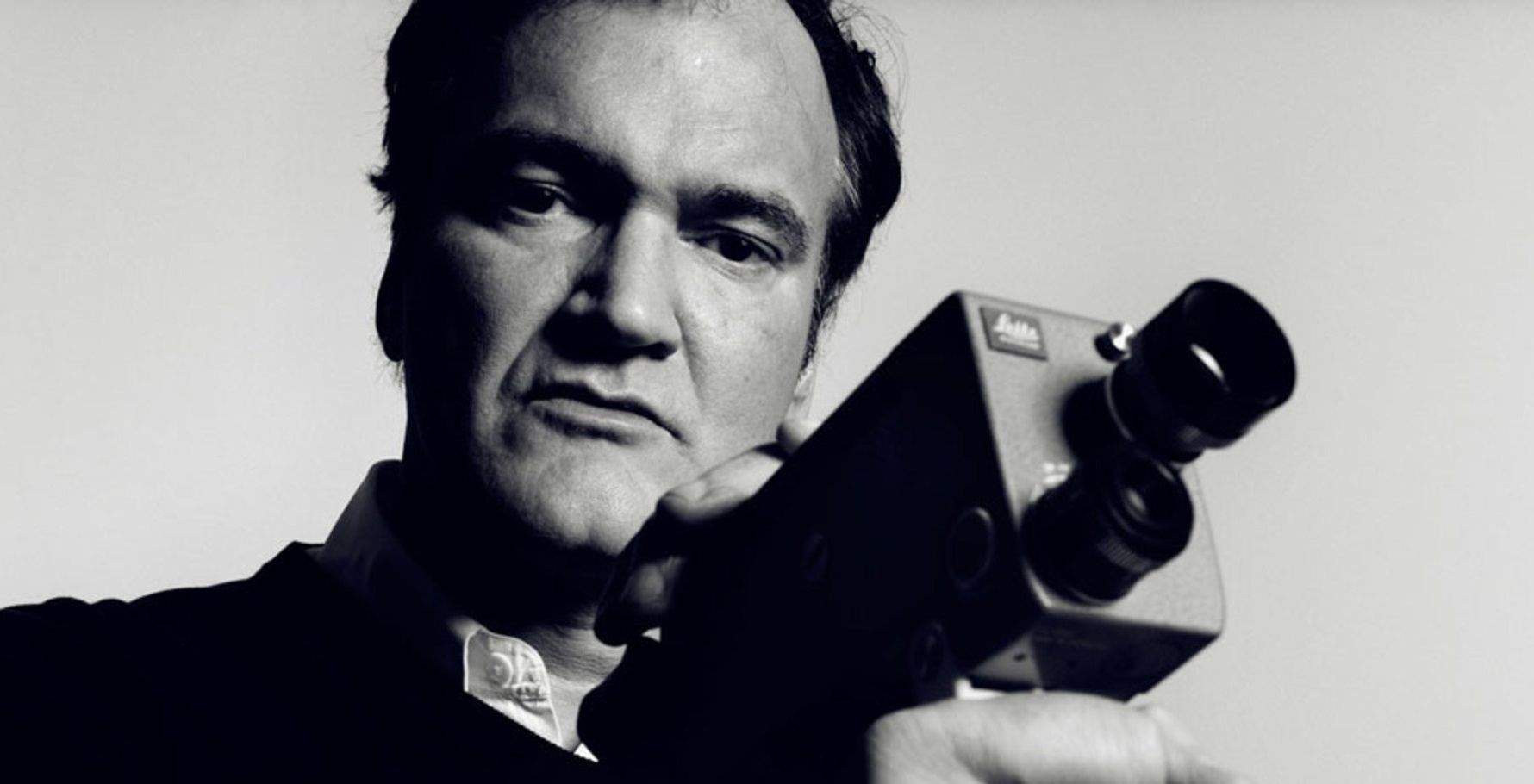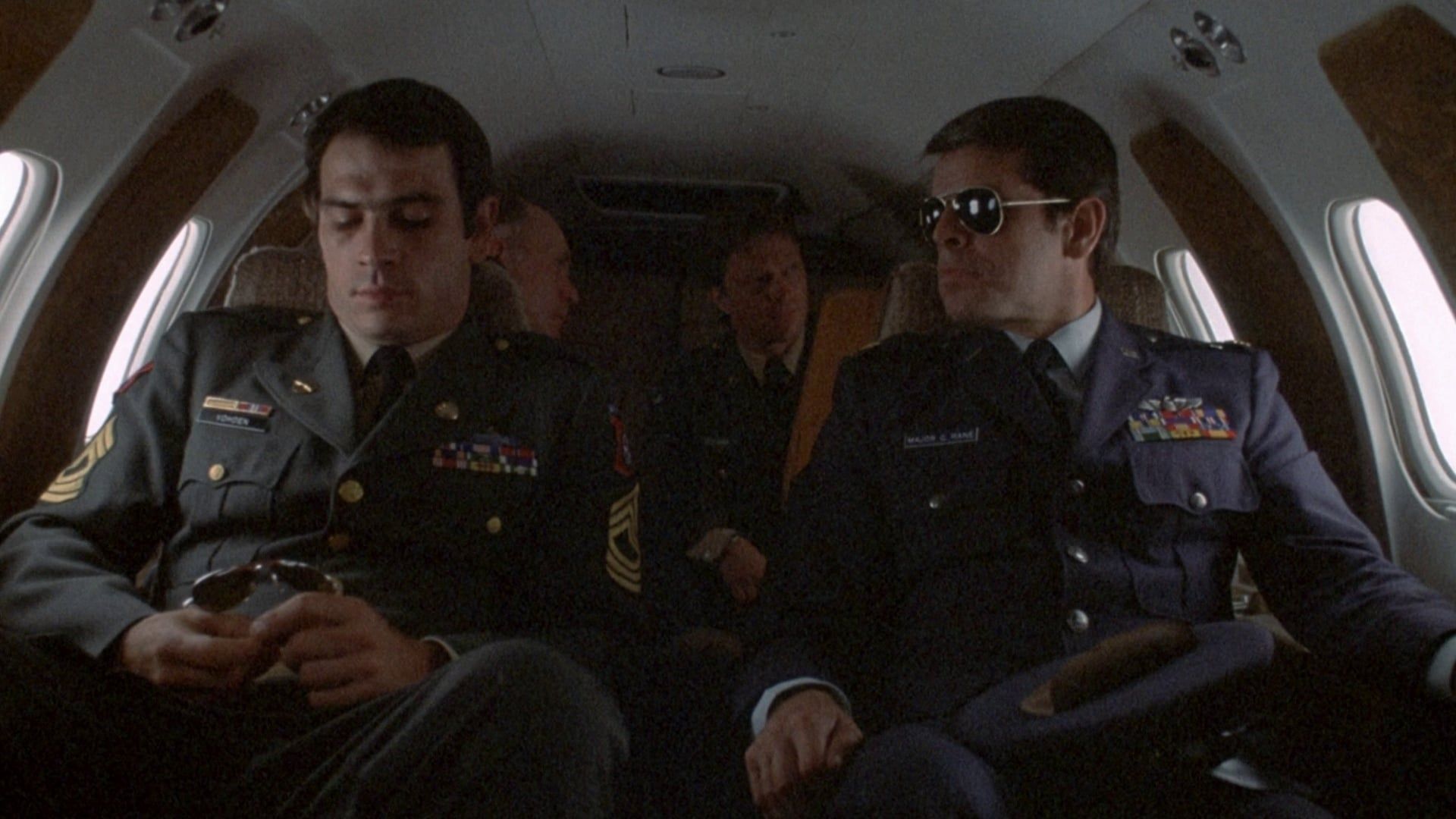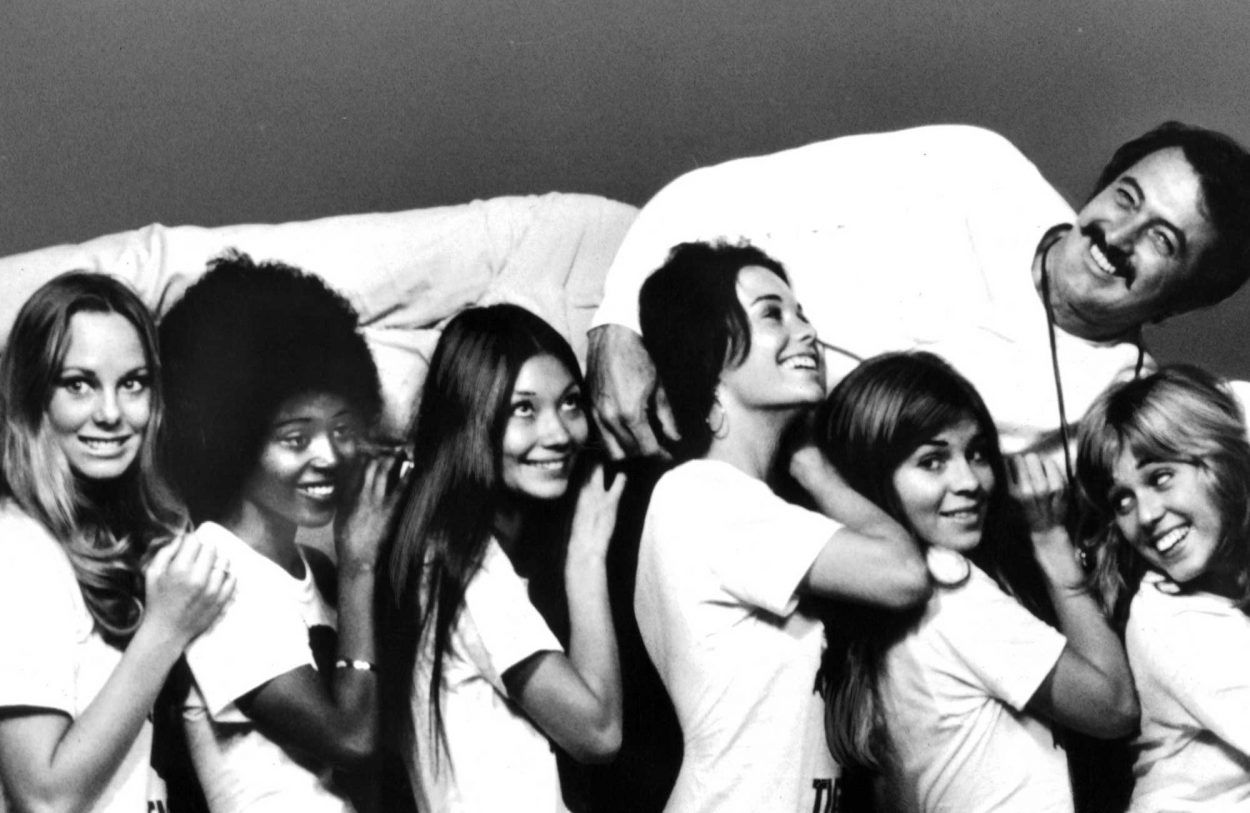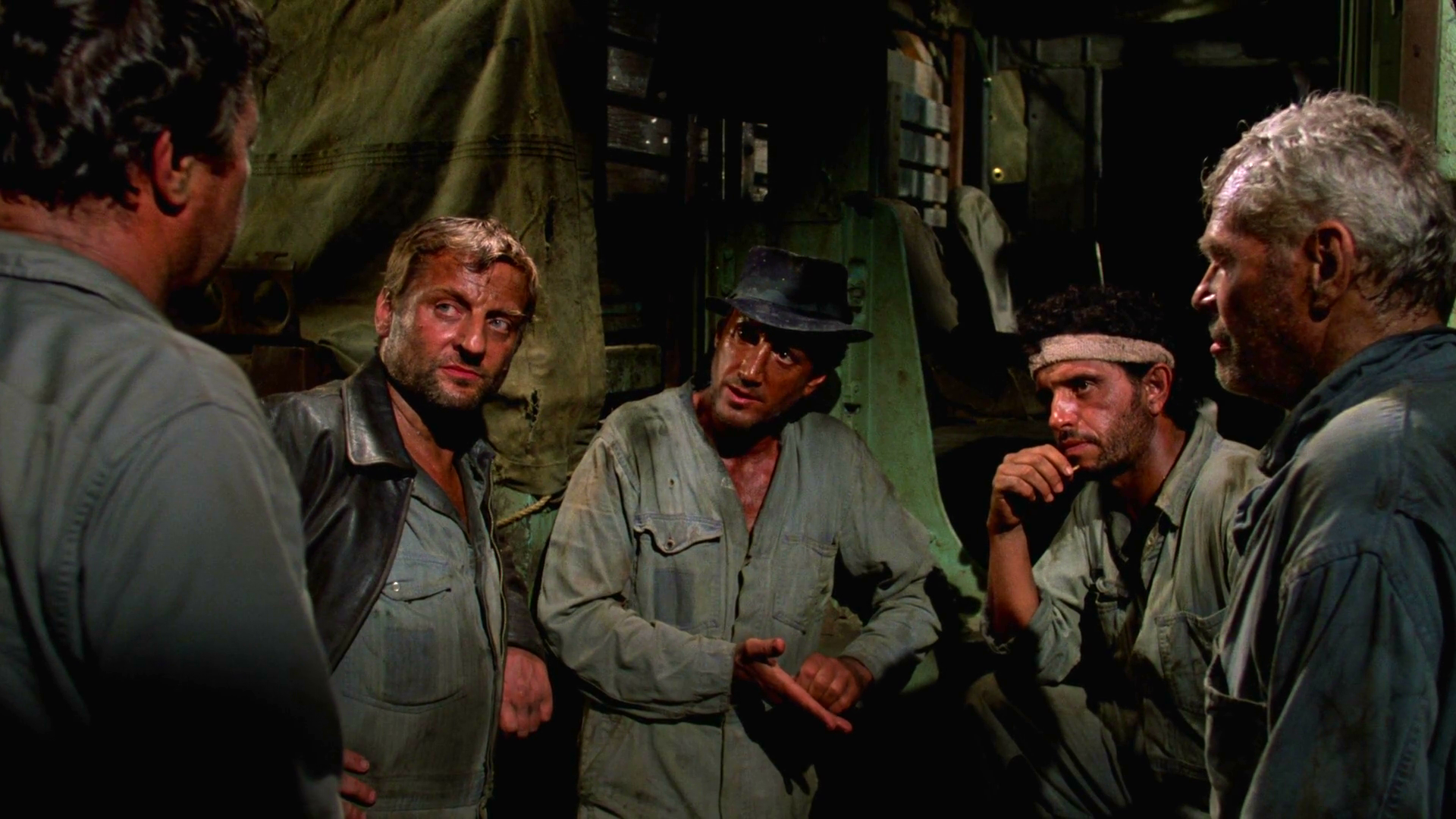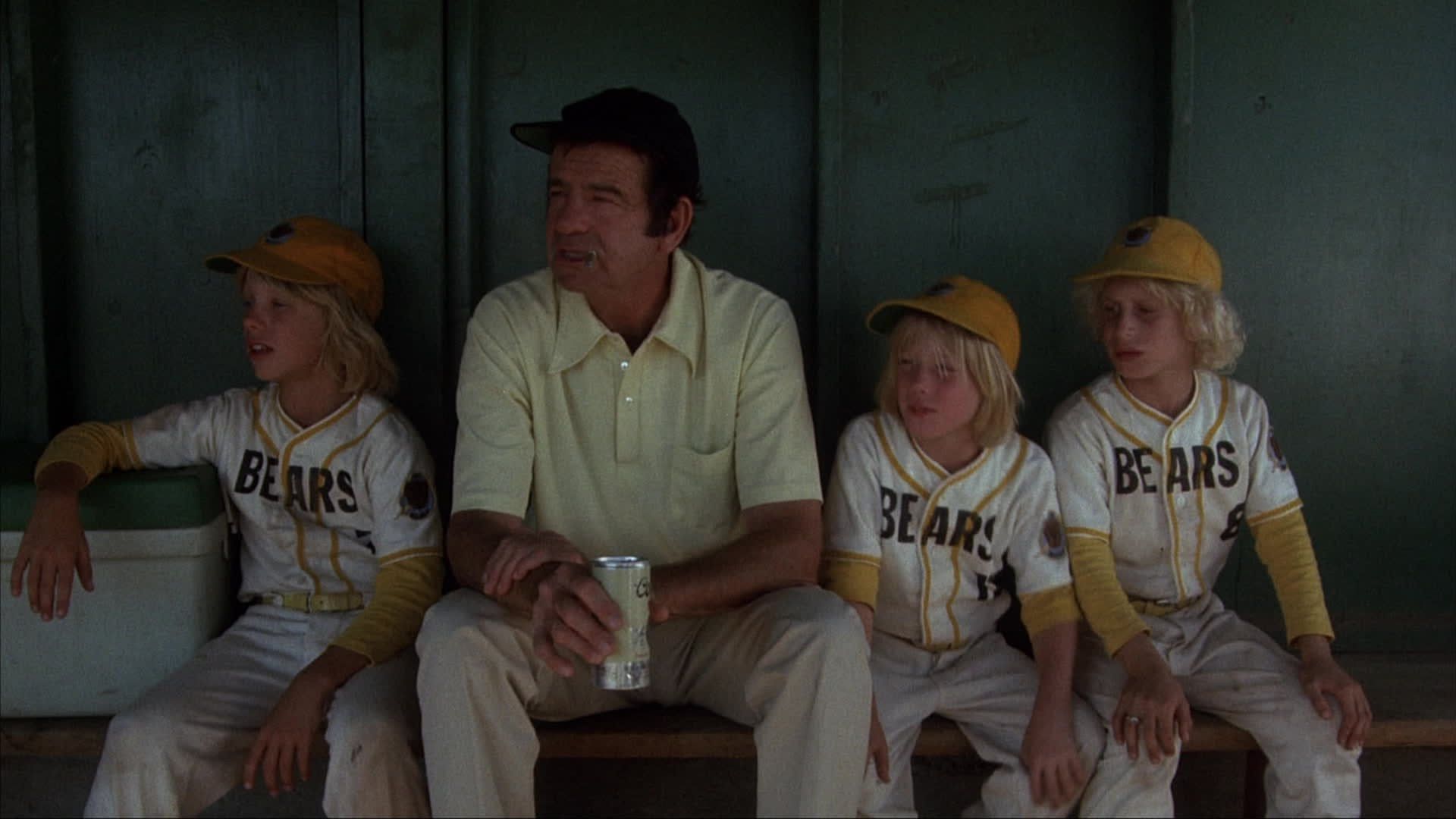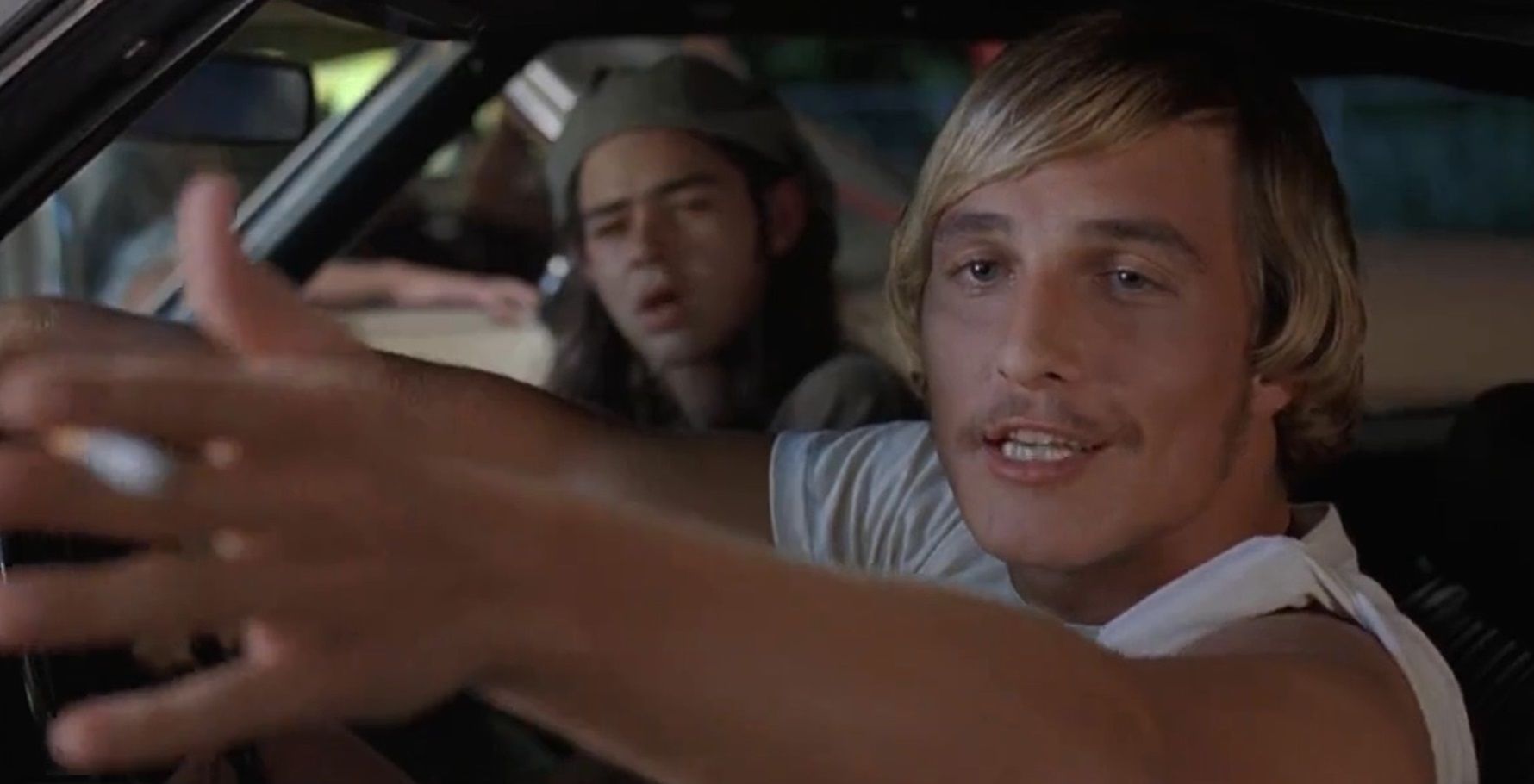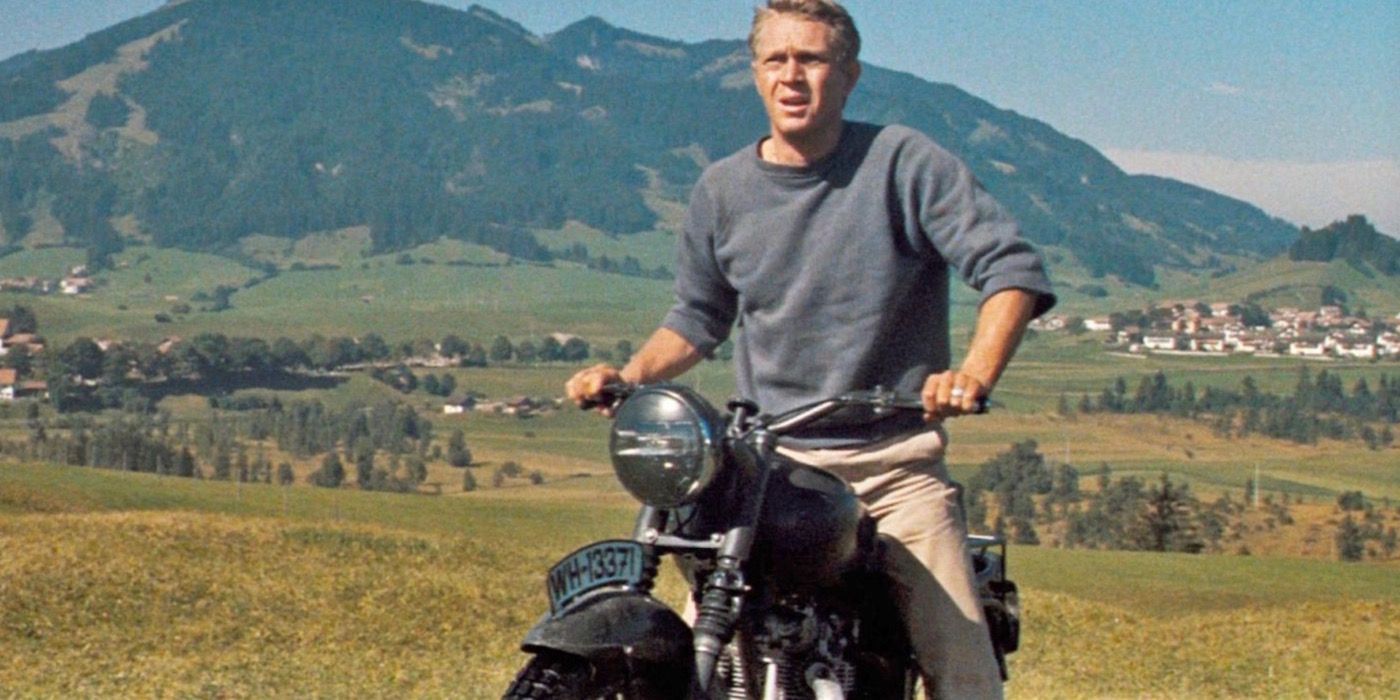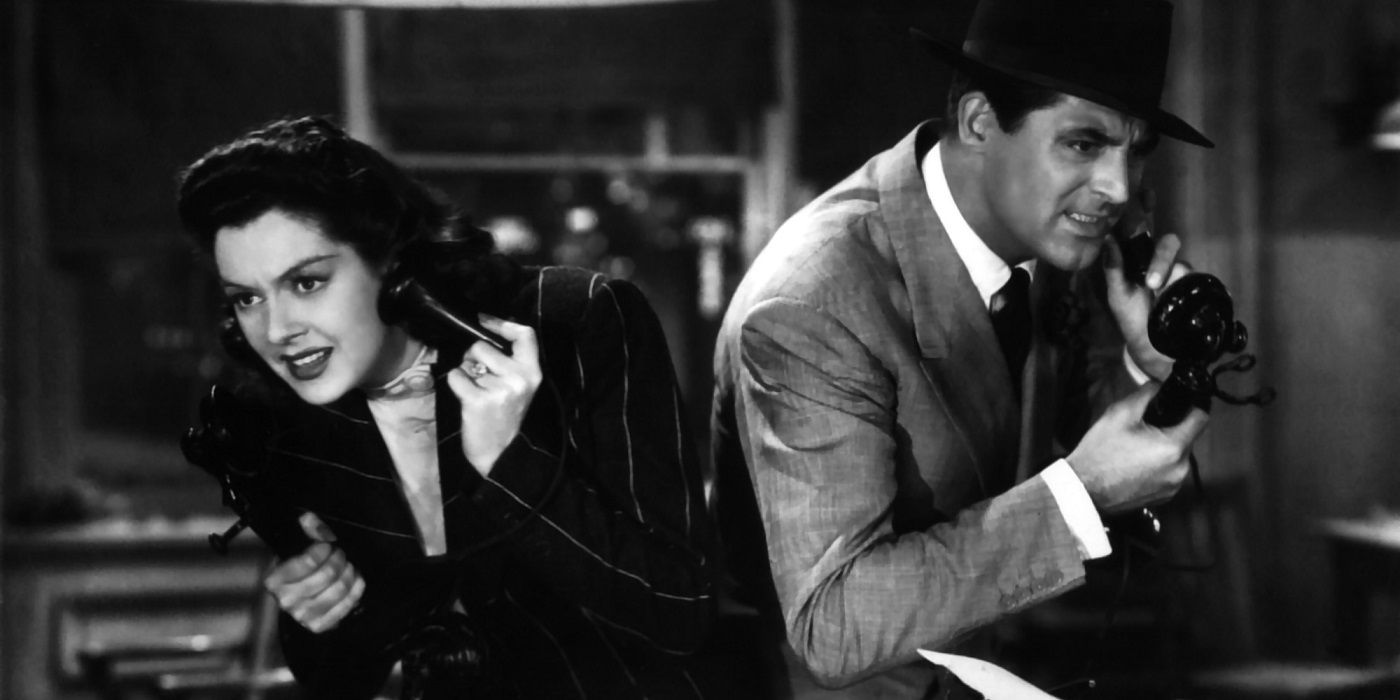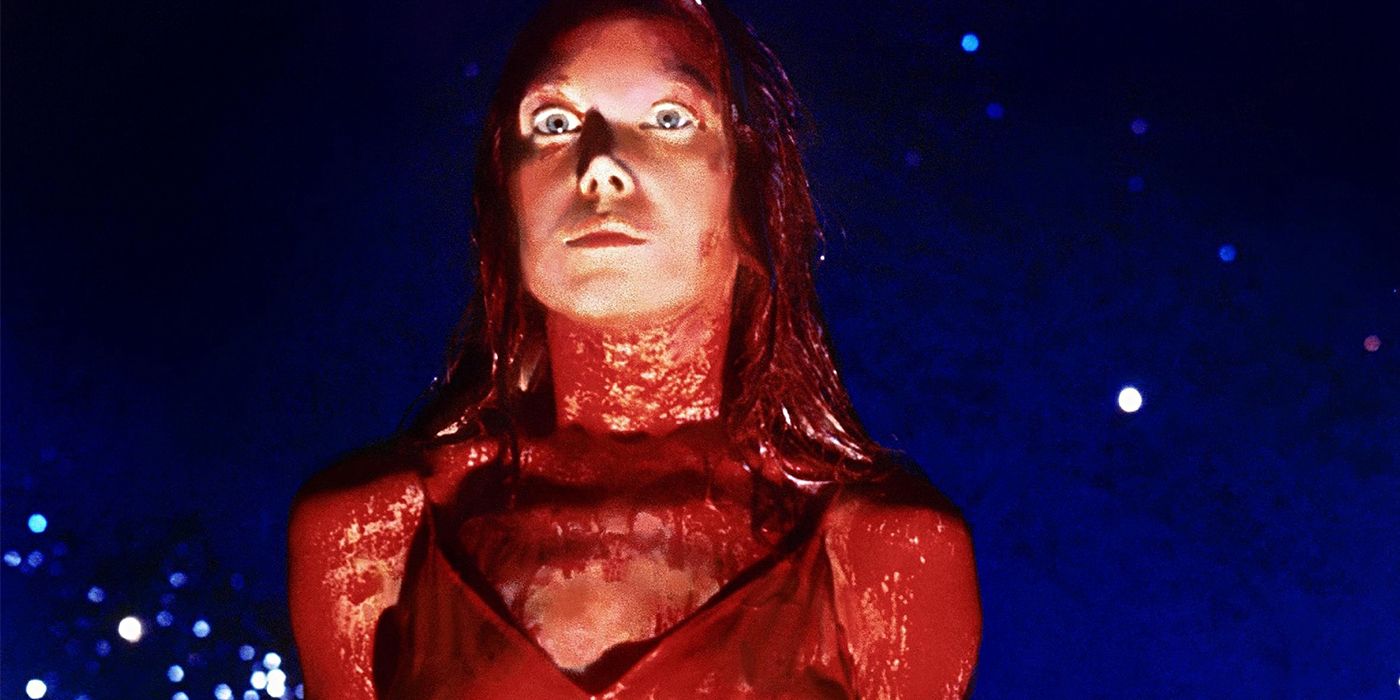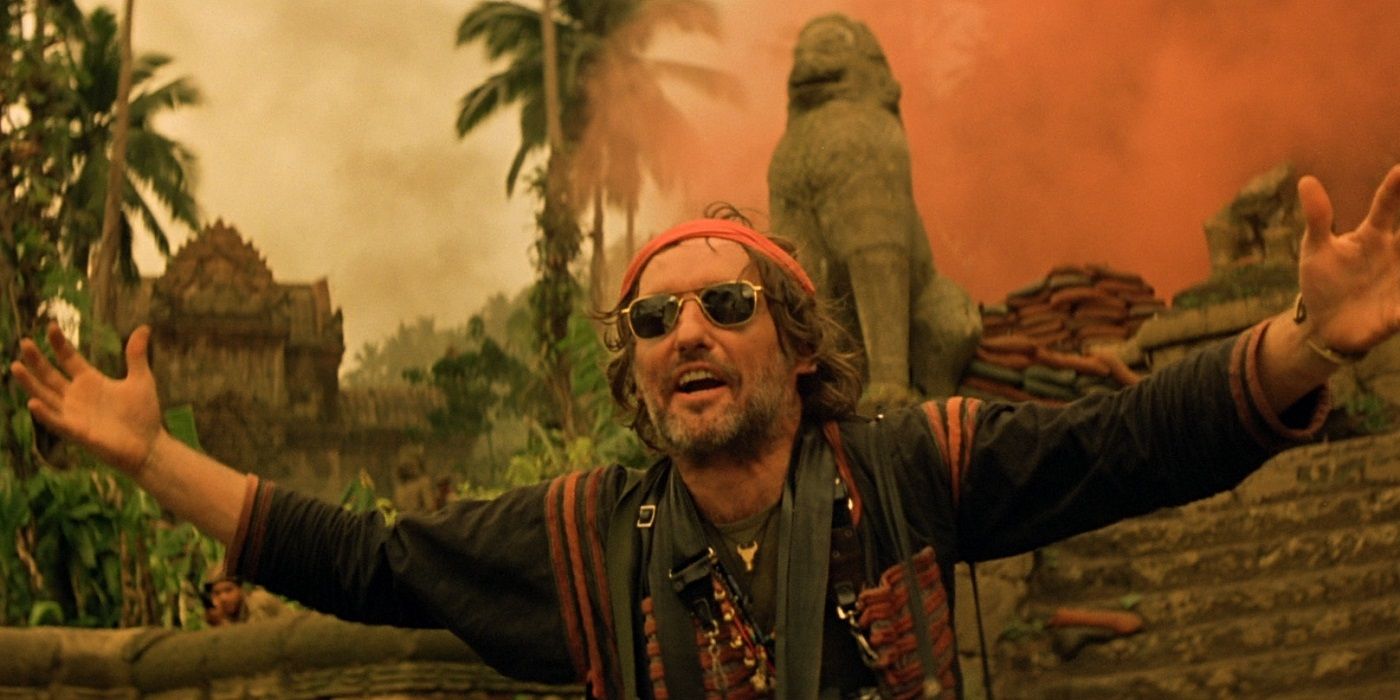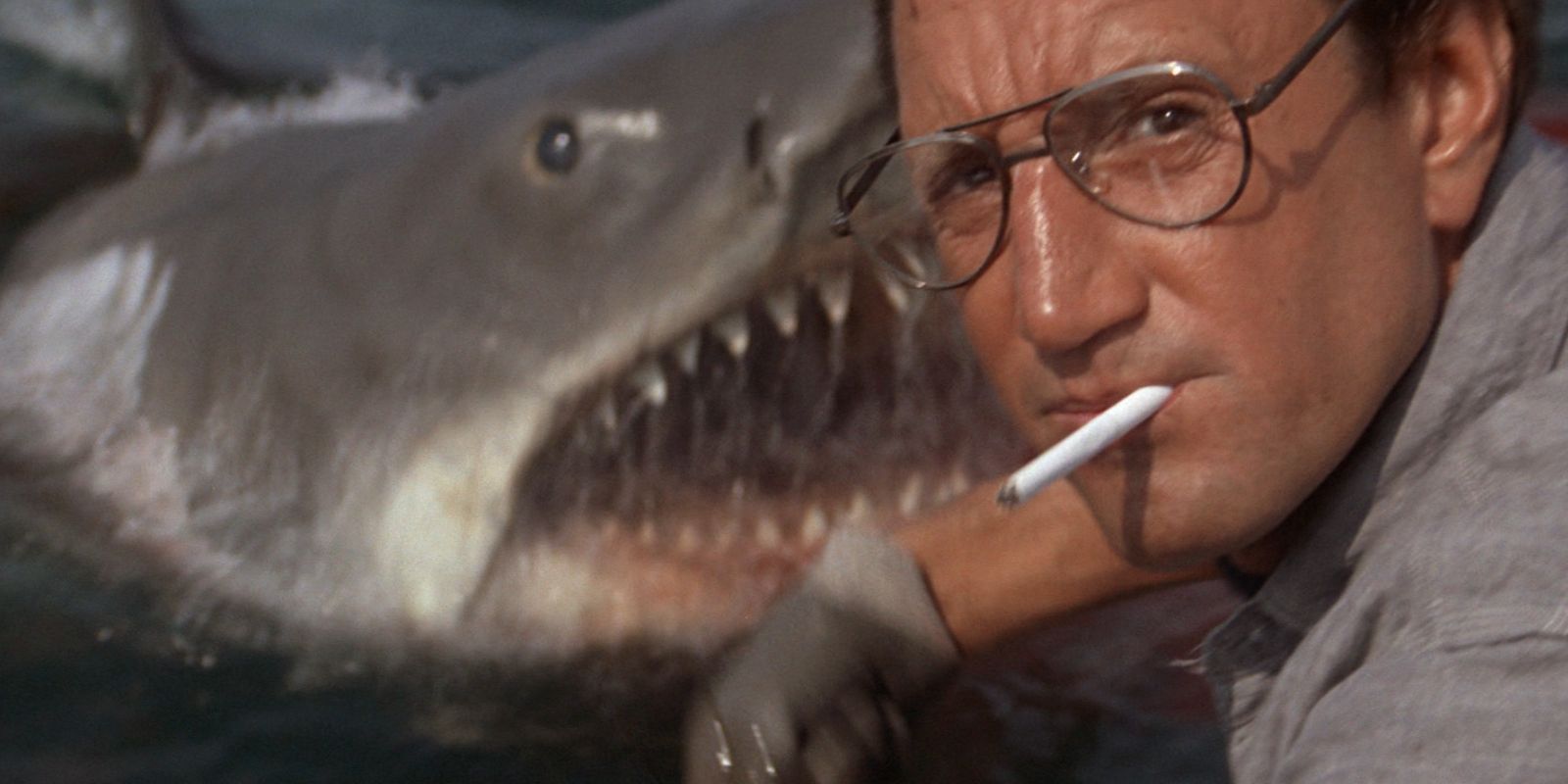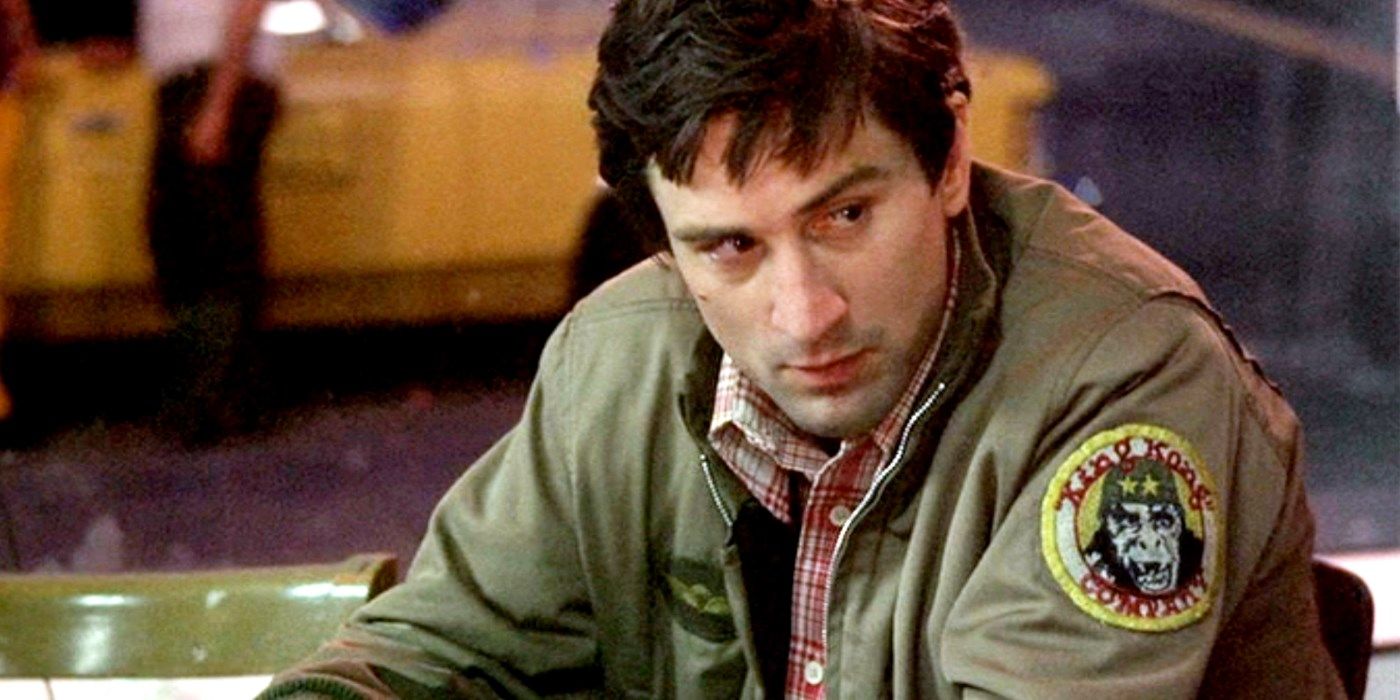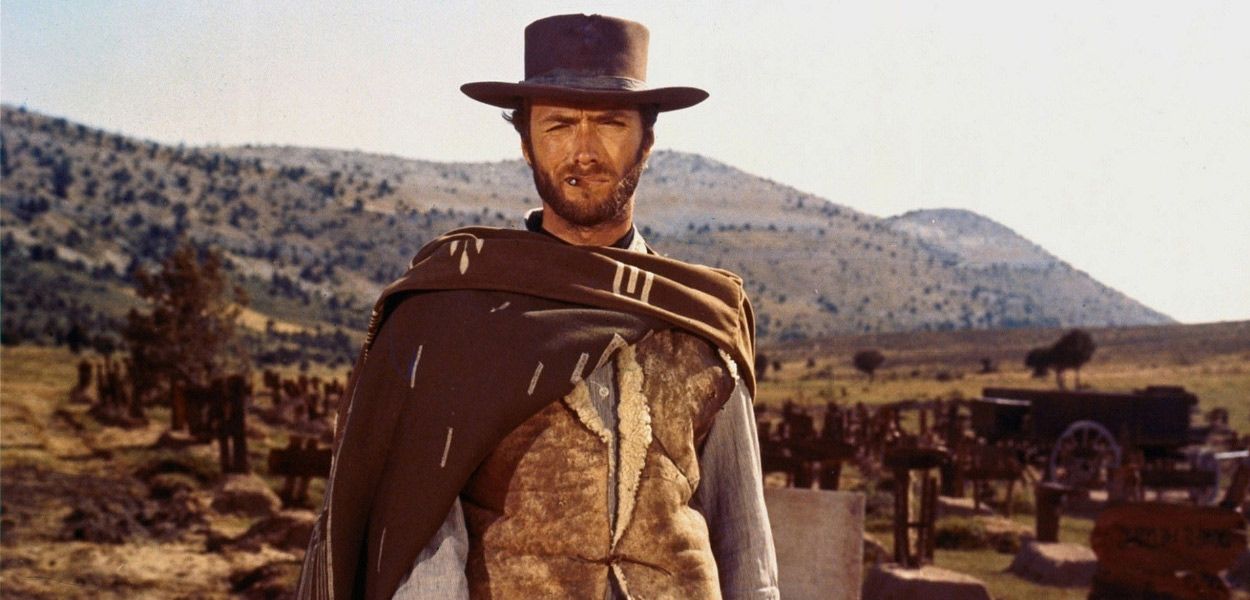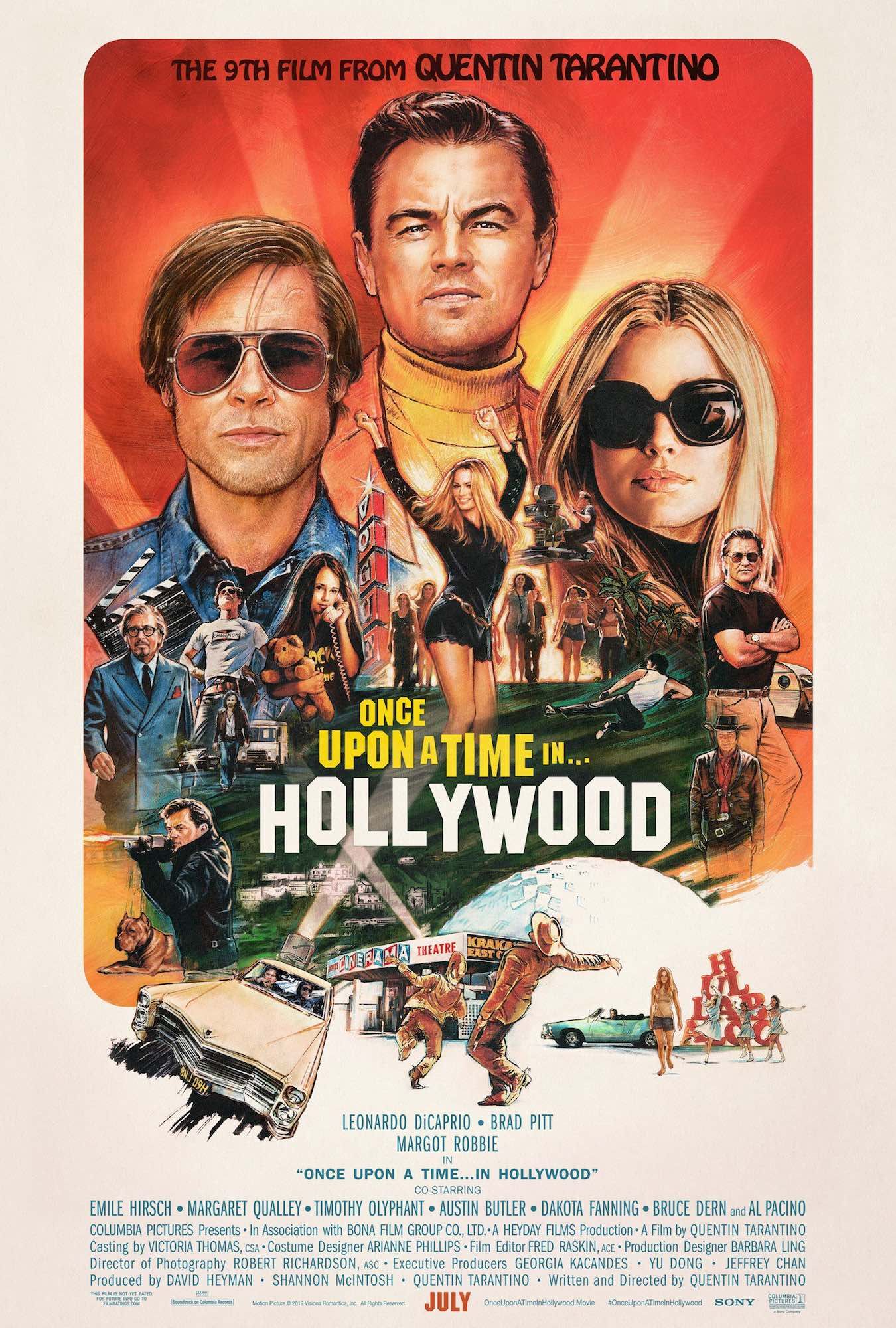Every director’s work has been influenced by their favorite movies, but none more than Quentin Tarantino, whose movies are each a mashup of all his favorite directorial styles and genres. Whether it’s a borrowed camera angle or an inspired costume choice or entire plot elements that have been lifted from a foreign film, everything in Tarantino’s movies can be traced back to an earlier film that influenced him as a young artist.
RELATED: All of Quentin Tarantino's Movies, Ranked
Of the many movies that inspired him, he has named his 12 favorite movies ever made. So, with that in mind, here are Quentin Tarantino’s Favorite Movies Of All Time, Ranked.
12. Rolling Thunder
Perhaps Tarantino is seeing some sort of political undercurrent in this movie that isn’t obvious until many viewings in, but on the surface, Rolling Thunder is a pretty generic revenge thriller. It stars William Devane (who is now best known for playing James Heller in 24) as a war veteran who seeks revenge against the guys who broke into his house and killed his family.
If that premise sounds familiar, it’s because it’s been done a dozen times before, and this one doesn’t add anything new to the tired formula. It’s not a terrible movie, but Tarantino has seen hundreds of movies, so it’s strange that he’d pick something so meh as a favorite.
11. Pretty Maids All in a Row
This little-known blend of dark comedy and murder mystery is, interestingly, the only feature film writing credit of Star Trek creator Gene Roddenberry. It’s one of the most overtly comedic movies included on Tarantino’s list of all-time favorites.
The plot concerns a college campus where beautiful female students are getting murdered, with a focus on a guidance counselor played by Rock Hudson who wants to sleep with as many attractive students as possible (remember that this was the ‘70s – it was a different time). It’s not a perfect movie by any stretch of the imagination, but it is a pitch-black sex romp and an interesting snapshot of post-hippie America.
10. Sorcerer
This road trip thriller tells the story of some truckers trying to transport leaky dynamite across South America. It has proven to be very divisive among audiences; some think it’s a masterpiece, while others think it’s trash. William Friedkin went a little nuts as he was directing the movie.
Initially, he developed it as a side project that would be cheap to produce, but the budget ballooned and he quickly became convinced that it would be his masterpiece. Clearly, Tarantino is in the minority that sees Sorcerer as an underrated cinematic gem. It has its merits, like a mesmerizing electronic score by Tangerine Dream, but on the whole, it’s not a great movie.
9. The Bad News Bears
As far as comedy movies go, The Bad News Bears is about as good as it gets. The humor is crude and profane and angry, but it doesn’t take cheap shots – it comes naturalistically out of the scenes and the dialogue. The characters are brash and loudmouthed, but they’re also realistically drawn and portrayed, and they ring true.
It’s a familiar premise: a down-on-his-luck baseball player finds himself coaching a failing little league team. But in this case, an interesting story is drawn from it and the characters develop real relationships – particularly the two leads, played by Walter Matthau and Tatum O’Neal.
8. Dazed and Confused
Richard Linklater’s coming-of-age comedy Dazed and Confused doesn’t have a conventional narrative structure – or any narrative at all, really. It’s more of a series of loosely connected vignettes set on the last day of school that encapsulate the teenage experience. Linklater plays fast and loose with the rules of filmmaking, and the result is a movie that’s like no other.
RELATED: 11 Pop Music Soundtracks Better Than Quentin Tarantino's
A number of big stars appear in early pre-fame roles, like Ben Affleck and Matthew McConaughey (this is the movie that originated the latter’s “Alright, alright, alright” catchphrase). On the whole, this is a cool, classic, drug-hazed high school comedy.
7. The Great Escape
This World War II epic about the plight of some prisoners of war being held by the Germans is one of the best-loved war movies ever made. Director John Sturges wrangles his ensemble cast in the most masterful way – in a way that has influenced how Tarantino wrangles his own ensemble casts.
If The Great Escape has one failing, it’s that it drags on a little bit in the middle. But once the guys are out of the prison camp and we see all of their fates play out, the movie picks up again and becomes exhilarating and cinematic for its third and final act.
6. His Girl Friday
This seminal 1940 screwball romantic comedy directed by Howard Hawks was a huge influence on Tarantino’s writing style. The movie was notable, especially for the time, for its gender politics. It was a remake of an earlier 1931 film called The Front Page (well, an adaptation of the same novel), which told the story of a journalist and his editor pursuing the case of a murderer, but this one swapped the gender of the journalist to female.
Gender-swapping is the new trend in cinema to give women more opportunities in Hollywood with movies like Ocean’s 8 – but this was almost 80 years ago. Cary Grant and Rosalind Russell have fantastic chemistry, and laid the groundwork for pretty much all movie romances to come.
5. Carrie
Brian De Palma’s film adaptation of Stephen King’s debut novel starring Sissy Spacek is one of the most iconic and critically acclaimed horror movies ever made. The whole movie is filled with tension and intrigue, building up the suspense throughout the film as Carrie’s telekinetic powers develop and she’s beaten down more and more by the people around her.
RELATED: 10 Facts You Need To Know About The Scariest Horror Movies
The whole time, we’re just waiting for her to snap. And then when she does, it’s one of the most frightening sequences ever filmed. It was remade in 2013 with Chloë Grace Moretz in the lead role, in an apparent attempt to make a better adaptation of King’s novel, but De Palma’s film already was a perfect adaptation, so that was pretty futile.
4. Apocalypse Now
Francis Ford Coppola’s Vietnam War-set adaptation of Joseph Conrad’s Heart of Darkness is a grueling and long-winded watch – but it’s worth it. It’s two and a half hours of jungles getting lashed with napalm and soldiers brutally killing each other and taking hallucinogenic drugs and freaking out, and Coppola dares you to look away.
There isn’t a single frame that isn’t hauntingly beautiful. The cast, led by Martin Sheen and Marlon Brando, all give terrific performances as embattled soldiers caught in the middle of one of the most horrific wars in U.S. military history, while John Milius’ screenplay spectacularly translates Conrad’s seminal novella into the Vietnam War setting.
3. Jaws
Steven Spielberg’s classic 1975 shark thriller is often ranked among the best movies ever made, and there’s a good reason for that. The director may have avoided showing the shark to save money, but the effect it had is incredible. Instead of simply seeing it, we’re forced to use our imagination – and what we see in our imagination is much scarier than what any synthetic shark could be, because it’s what scares us personally.
RELATED: Steven Spielberg Had An Awesome Idea for Jaws 2
Quint’s U.S.S. Indianapolis monologue is impeccably delivered by Robert Shaw, and structurally, the scene acts beautifully as the calm before the storm as we head into the climactic battle with the shark.
2. Taxi Driver
“Someday, a real rain will come and wash all this scum off the streets.” Martin Scorsese’s vigilante thriller Taxi Driver oozes the attitude and emotions of a certain point in American history. What makes it truly incredible is the way that the film is made – the way it’s lit, the way it’s framed, the way it’s scored, the way it’s structured – reflects the mental state of its lead character Travis Bickle.
He returns from Vietnam and is rejected from society. He hates what America has become, he hates all the crime that has infested the streets of his city, and he wants to take matters into his own hands.
1. The Good, the Bad, and the Ugly
The influence of Sergio Leone can be seen in Quentin Tarantino’s work more than any other director, especially the filmmaking techniques of The Good, the Bad, and the Ugly, which might be the greatest western ever made. Leone used editing and camera angles in the movie to create tension just from the way the shots were sequenced – the Mexican standoff finale is a prime example of this.
Contained within the three-hour runtime of The Good, the Bad, and the Ugly is everything you could ever need to know about the art of filmmaking. Ennio Morricone’s iconic musical score is just the icing on the cake.
NEXT: 10 Unrealized Quentin Tarantino Projects We Want To See

